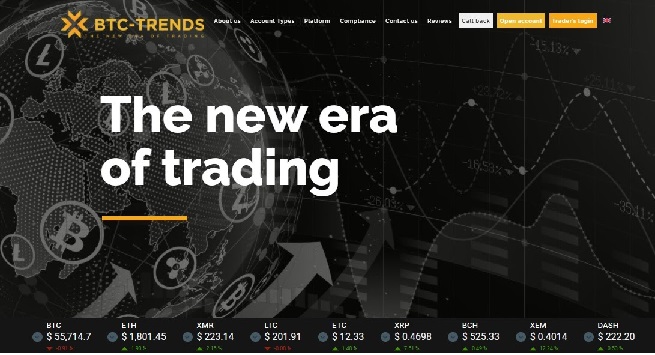According to CoinGecko, more than a third of DeFi users involved in yield farming do not know how to read smart contracts and assess the risks associated with them. This is fraught with loss of investment in the future.
The market for decentralized finance is developing at an incredible speed in 2020, and one of the most popular methods of making profit in this area is Yield Farming. According to the CoinGecko analysis based on a survey of 1,347 DeFi users, 23% of respondents have been involved in yield farming in the past 60 days.

According to analytical portal DeFiPulse, the total value of assets locked in DeFi protocols is worth more than $9 billion. Since the beginning of July 2020, the figure has increased by 300%. According to CoinGecko, the total market capitalization of the tokens used in yield farming is $3.5 billion, with YFI (Yearn.Finance) tokens accountinf for 25%. In terms of gender distribution, yield farming participants are dominated by men between the ages of 30 and 59 (90%). Only 6% are women.
The survey also showed that 52% of yield farmers invest less than $1000, and 40% do not know how to read smart contracts and assess the risks associated with them, despite the fact that they themselves claim to be able to do it.
Assets acquired through yield farming account for less than 10% (and more often less than 5%) of the respondents' cryptocurrency investment portfolios. The bulk of their portfolio is in bitcoin and ethereum.
One of the main problems for yield farming is high gas fees on the Ethereum network, which is under enormous pressure due to the rapid growth in the popularity of decentralized finance.
Yield farming became popular after Compound's DeFi protocol launched user-engagement programs for lenders and borrowers on its platform. Other DeFi protocols followed Compound, such as Balancer (BAL), Yearn.Finance (YFI), Curve.Finance (CRV) and SushiSwap (SUSHI) and many others.











